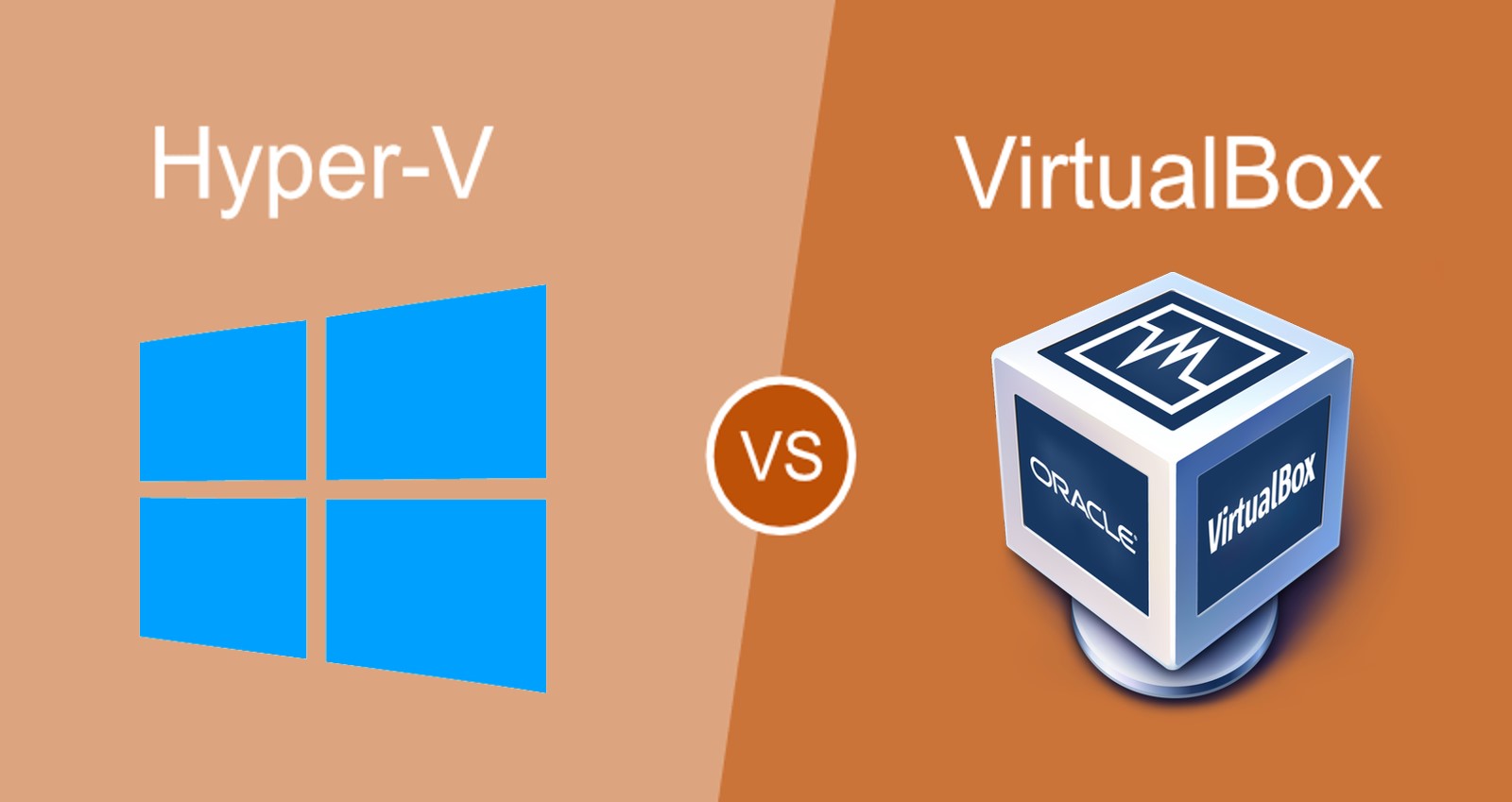

We have only been virtualizing workstations. With the hardware, and that VirtualBox is a bad idea for this environment.Ĭan someone give some good reasons why we should be using Hyper-V? Also is it possible to convert the virtual machines?Īnd then I would like to know if it's okay to also be virtualizing our web server and oracle server, etc. I'm no expert (and that's why I'm here) but I think they operate at different levels of interaction When we started virtualizing about a year ago, for whatever reason, and although everyone has an MSDN sub, we started using VirtualBox instead of Hyper-V. Team foundation server, oracle server, web server, 2 virtualization servers, and multiple workstations, some virtualized, some not. it can work as virtualization software with the help of KVM if the guest architecture is compatible with the host's and if the VT instruction is present of course.We have 4-5 people in a software development environment with access to 4 servers, each with 2 quad-core or dual-core cpu's (core-based, before nehalem), and 8gb or 16gb RAM, so I think we have a good amount of power for virtualization.it can work as an emulator, this is the mode explained above.

This requires the virtual machine and the host to be instruction compatible.Įmulation is the process of running any machine inside a running OS, there is no platform restriction, and is why QEMU can run an ARM machine on an amd64 platform. Virtualization is the process of running a complete isolated machine inside another, but with the help of the processor. QEMU works because it does not do virtualization but emulation, which is completely different and explains why QEMU is painfully slow. So your question would more aptly be: "Why don't VirtualBox and VMware Workstation work inside a Hyper-V virtual machine?" One can answer because as a VM, the Intel VT-X instruction are no longer accessible from your virtual machine, only the host has access to it. A special one, but nonetheless a virtual machine. This means that when you enable Hyper-V, your Windows 10 "host" becomes a virtual machine. The main difference is that a level 2 hypervisor is an application running inside an existing OS, while a level 1 hypervisor is the OS itself. VirtualBox and VMware Workstation (and VMware Player) are "level 2 hypervisors." Hyper-V and VMware ESXi are "level 1 hypervisors."


 0 kommentar(er)
0 kommentar(er)
